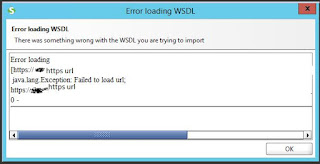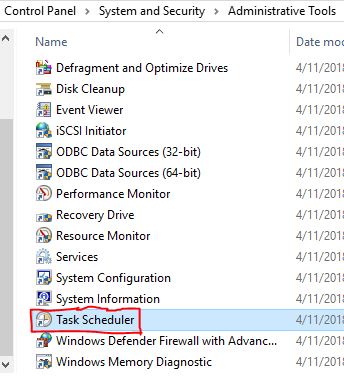SOAPUI - import certificate

Note: SoapUI has two versions, one is open source and second Professional version. The open source can be download here . (confirmed link 12/19/2018). SSL Handshake issue: There is an Issue in SoapUI version 5.3.0 (and 5.2.0 version) with SSL handshake error. It was resolved by updating below in vmoptions file ( refer here ). However, the error that shows up while trying to load wsdl is "Error loading WSDL" as below The fix is to Enable TLS 1.2 protocol for SOAP/REST calls in SoapUI, by ammending the vmoptions file to add the directive for TLS as (-Dsoapui.https.protocols=TLSv1.2). Refer here . Update: Version 5.5.0 does not have this issue. If you are on 5.3.0 better upgrade to 5.5.0 which is available now (Feb 2019). I had above issue as well as another issue reaching to https endpoint. Upgrade to 5.5.0 resolved issue. Select "Check for updates" under the Help menu and you will get option for upgrade. Select upgrade current version and accept all defaul


